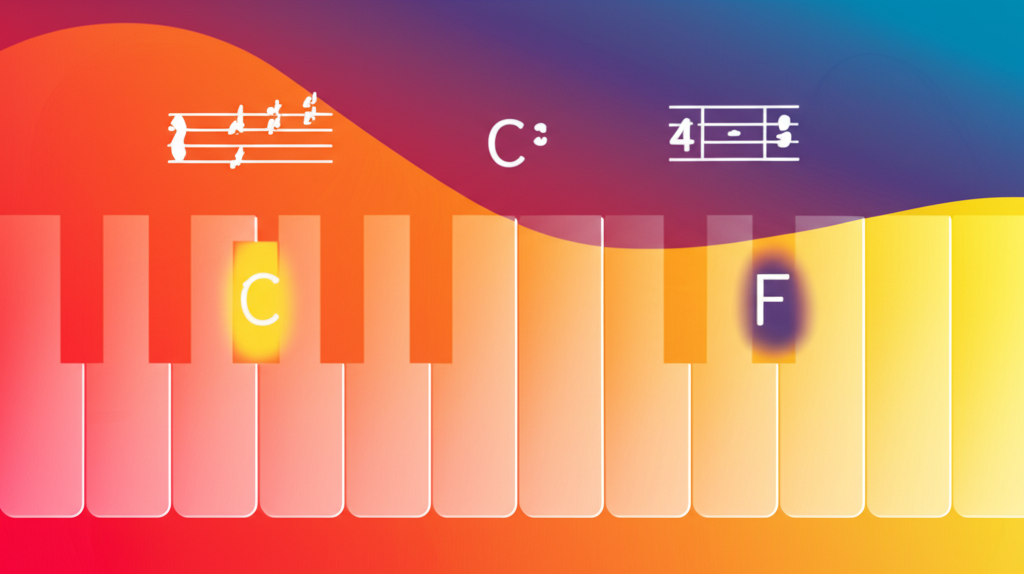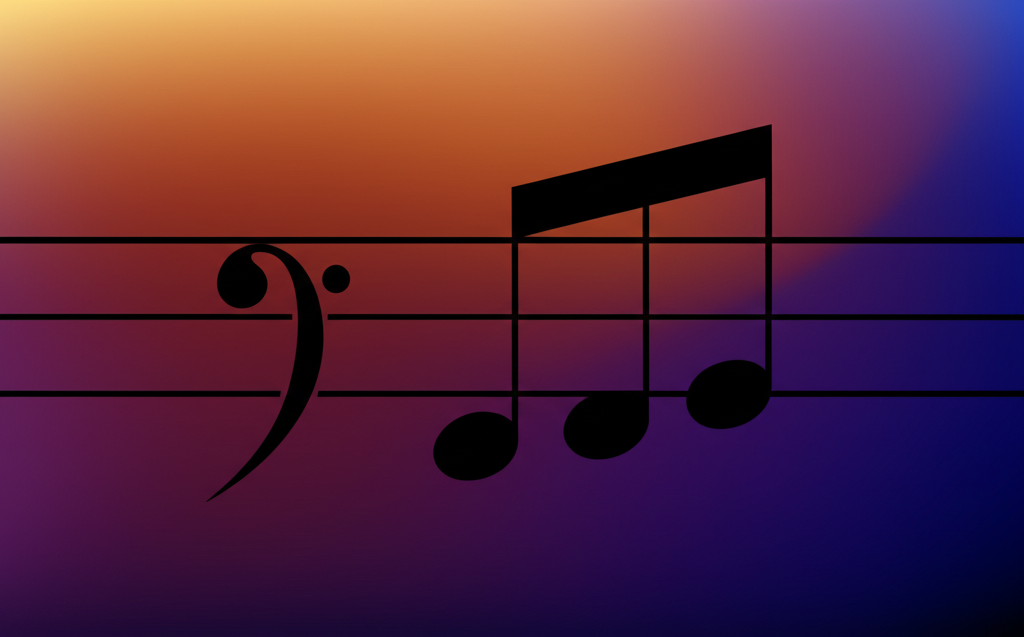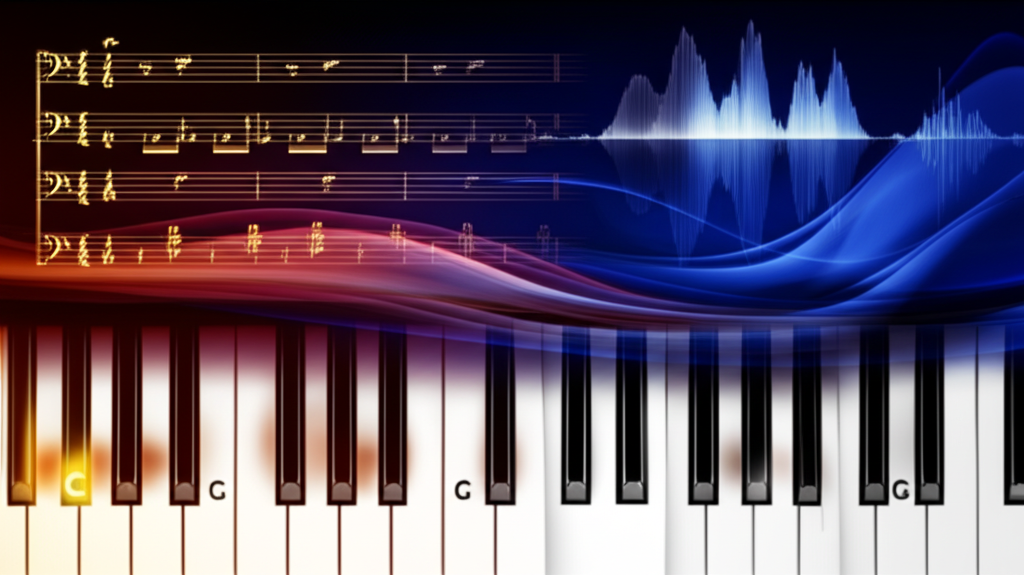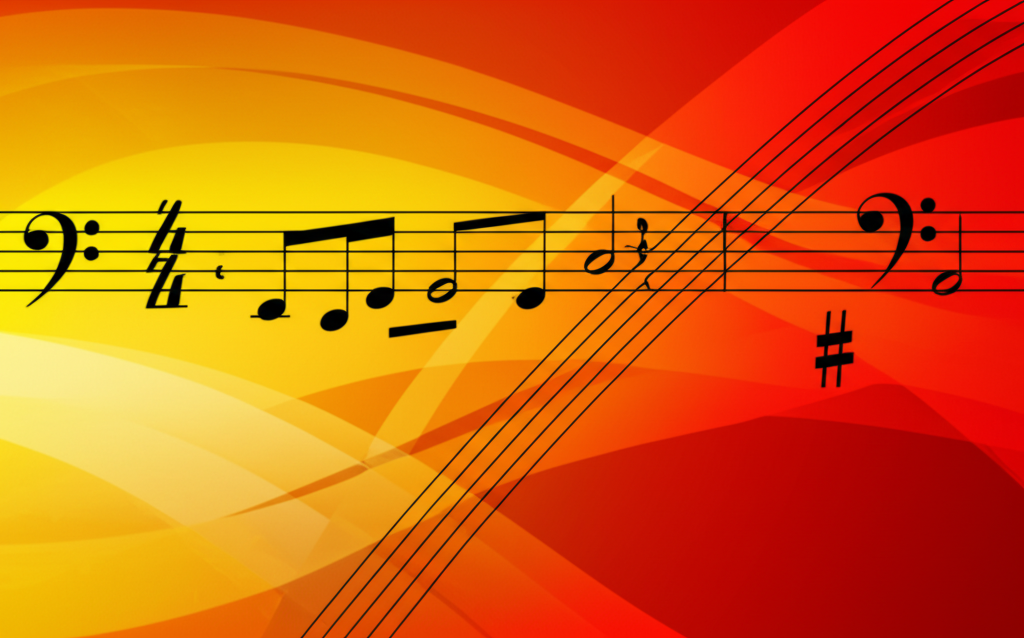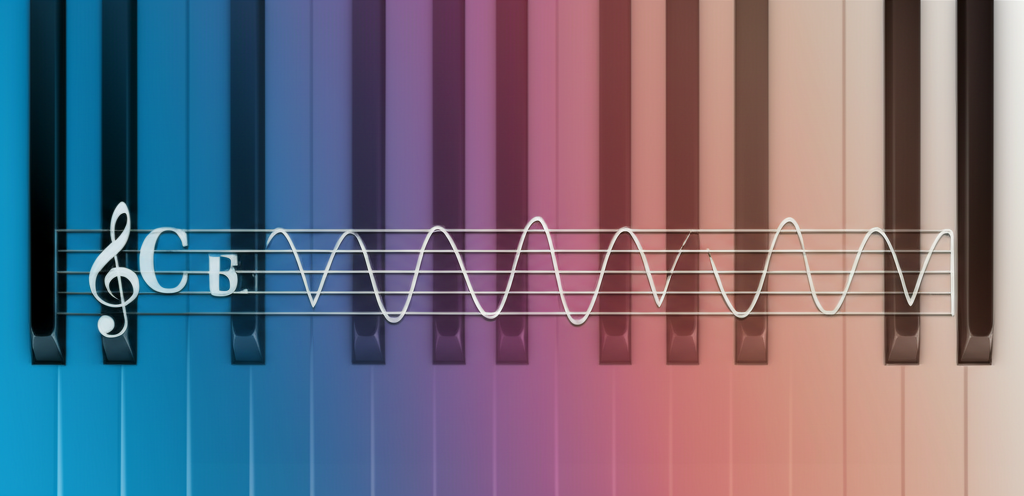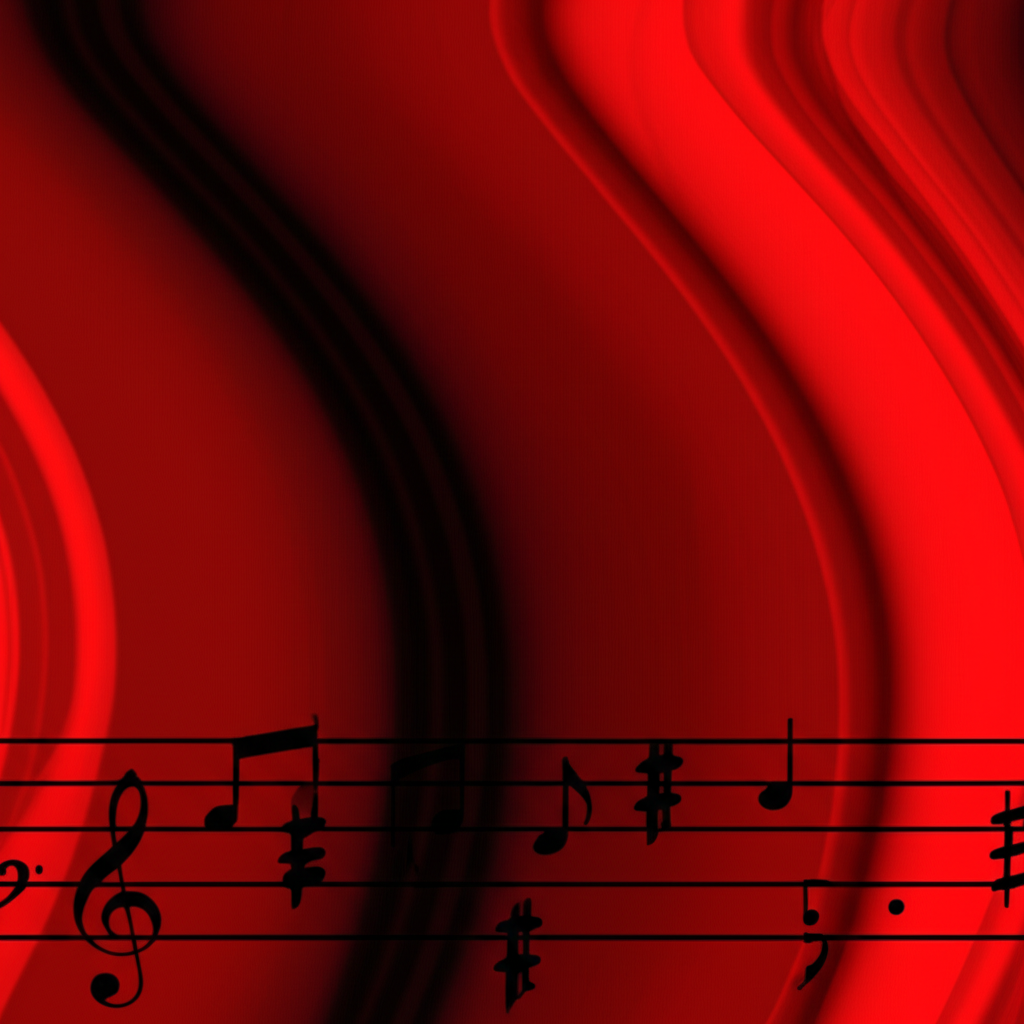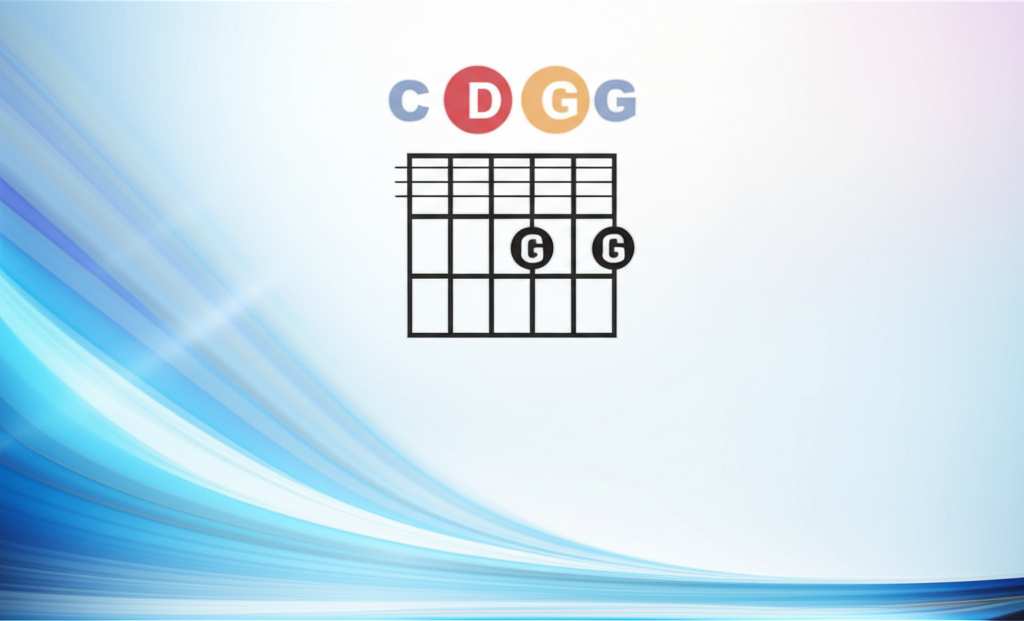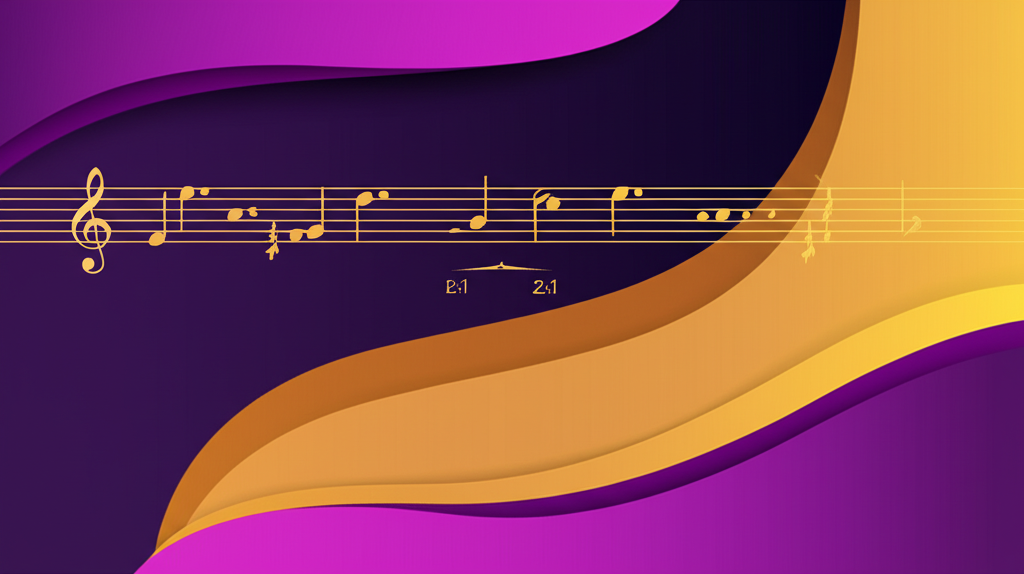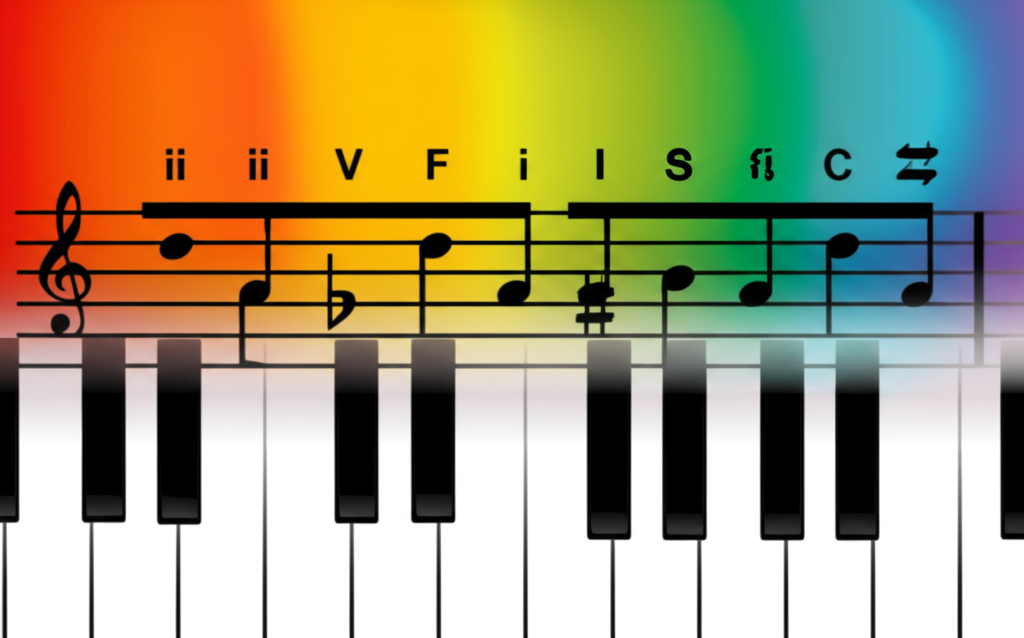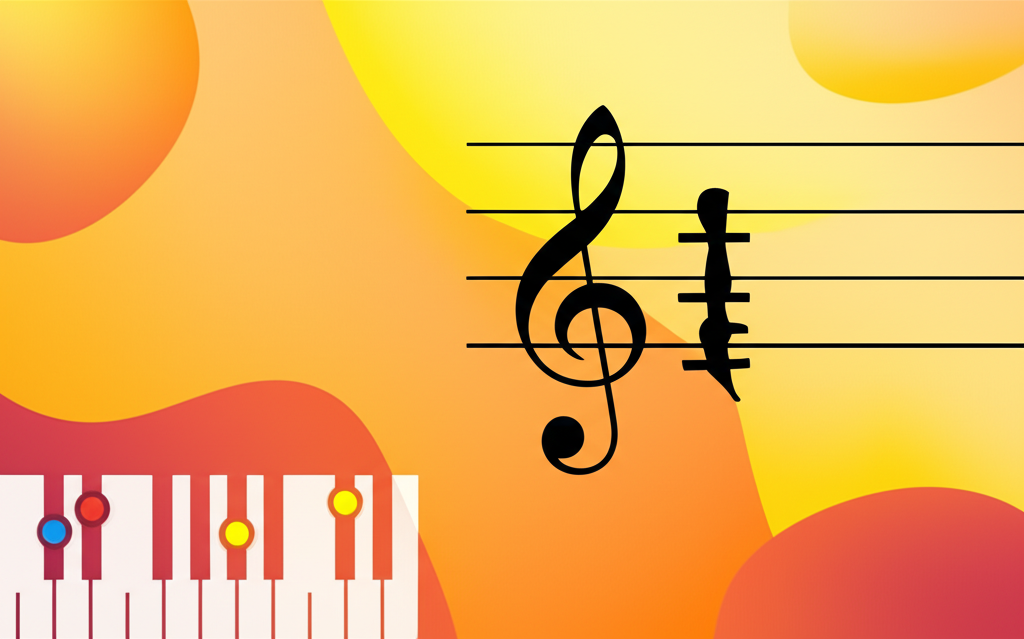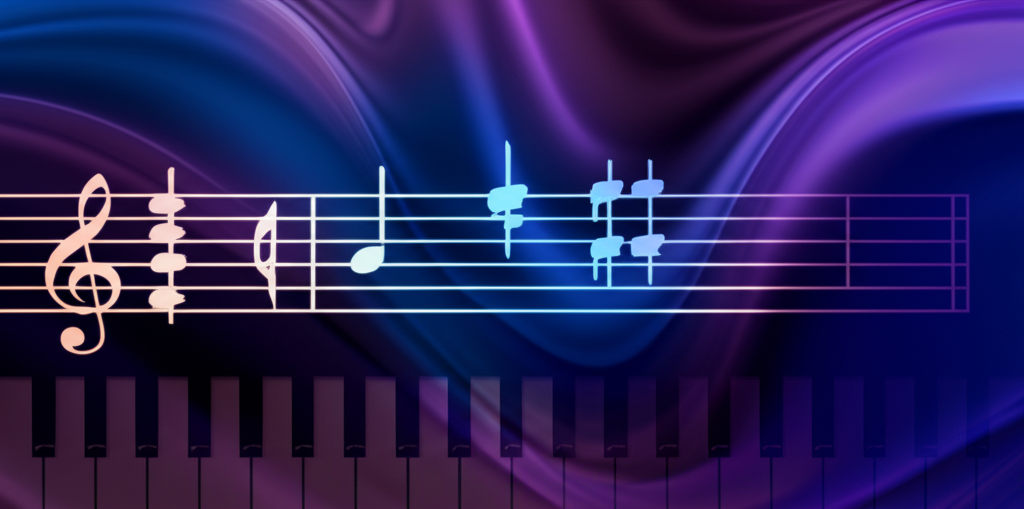
Minor Sixth Interval: The Melancholic Beauty

b4n1
June 14, 2025, 12:53 a.m.
Minor Sixth Interval: The Melancholic Beauty
Summary:
The minor sixth interval, spanning eight semitones, creates a distinctive melancholic yet beautiful sound that has captivated composers and listeners for centuries. This interval appears prominently in romantic music, jazz harmony, and contemporary songwriting.
Keywords:
Minor sixth, interval, melancholic, romantic harmony, jazz, inversion, major third, compound interval, voice leading, emotional expression.
Introduction:
The minor sixth interval occupies a unique position in the spectrum of musical intervals. Spanning eight semitones (four whole steps), it creates a sound that is both melancholic and beautiful, often described as yearning or nostalgic. This interval has been a favorite of composers seeking to express deep emotion and romantic sentiment.
The minor sixth appears frequently in love songs, ballads, and expressive classical music, where its distinctive character adds emotional depth and sophistication to melodic lines and harmonic progressions.
Structure and Measurement:
A minor sixth interval consists of:
- Distance: 8 semitones (half steps)
- Alternative measurement: 4 whole steps
- Frequency ratio: 8:5 in just intonation
- Cents: 800 cents in equal temperament
Examples of Minor Sixths:
C to A♭ (8 semitones)
D to B♭ (8 semitones)
E to C (8 semitones)
F to D♭ (8 semitones)
G to E♭ (8 semitones)
Examples:
C to A♭ Minor Sixth:
Minor Sixth in Melodic Context:
Minor Sixth in Harmony:
Notación musical:
Emotional Character:
The minor sixth is renowned for its emotional expressiveness:
- Melancholy: Creates a sense of sadness or longing
- Yearning: Suggests unfulfilled desire or nostalgia
- Beauty: Despite its sadness, it has an inherent beauty
- Romantic: Often used in love songs and romantic music
- Introspective: Encourages contemplation and reflection
Relationship to Major Third:
The minor sixth is the inversion of the major third:
- Minor sixth (8 semitones) + Major third (4 semitones) = Octave (12 semitones)
- This relationship creates interesting harmonic possibilities
- Voice leading often exploits this inversion relationship
- The "happy" major third becomes "sad" when inverted to a minor sixth
Famous Musical Examples:
The minor sixth appears in countless memorable melodies:
- "The Way You Look Tonight": Opens with a descending minor sixth
- "Love Story" theme: Features prominent minor sixth leaps
- "Go Down Moses": Spiritual that uses minor sixth prominently
- Classical works: Chopin, Schumann, and other Romantic composers
- Jazz standards: Many ballads feature minor sixth intervals
Harmonic Applications:
Chord Construction:
Minor sixths appear in various chord types:
- Minor sixth chords: Root, minor third, perfect fifth, major sixth
- Inverted major triads: First inversion creates minor sixth from bass
- Extended chords: Add color and complexity to harmony
Voice Leading:
The minor sixth creates smooth voice leading opportunities and can resolve in various directions depending on harmonic context.
Jazz and Popular Music:
In jazz and popular music, the minor sixth serves multiple functions:
- Melodic expression: Adds emotional depth to melodies
- Chord voicings: Creates sophisticated harmonic colors
- Improvisation: Provides expressive intervals for solos
- Song structure: Often used in bridges and verses for contrast
Ear Training Recognition:
Learning to recognize minor sixths:
- Reference songs: "The Way You Look Tonight" for descending minor sixth
- Comparison method: Contrast with major sixth and perfect fifth
- Harmonic context: Listen for minor sixths in chord progressions
- Scale context: Practice identifying within natural minor scale
Compositional Techniques:
Composers use minor sixths to:
- Create emotional climaxes in melodies
- Establish minor tonalities
- Build harmonic tension and release
- Add sophistication to simple progressions
Cultural Context:
The minor sixth appears across musical cultures:
- Western classical: Romantic period especially favored this interval
- Folk music: Many traditional songs use minor sixth leaps
- Blues and soul: Expressive vocal lines often feature minor sixths
- World music: Various cultures recognize its emotional power
Conclusions:
The minor sixth interval stands as one of music's most emotionally expressive intervals. Its unique combination of melancholy and beauty has made it indispensable for composers and songwriters seeking to convey deep emotion and romantic sentiment.
Understanding the minor sixth enhances both analytical and creative musical abilities, whether you're studying classical literature, writing songs, or developing your ear training skills.
